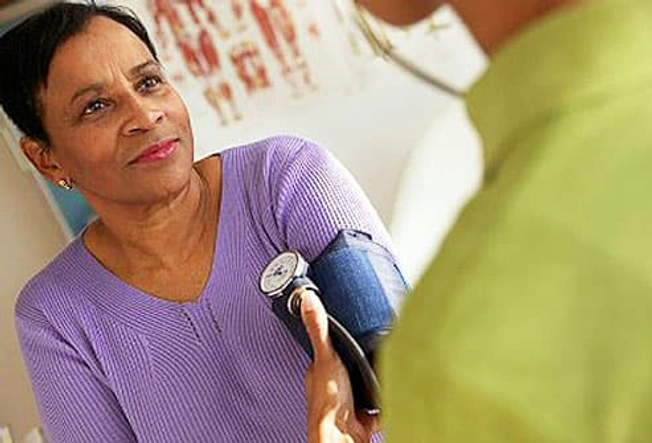Top 11 Medical Expenses


Heart Conditions: $555 Billion
Our hearts can affect our wallets. More than 1 in 3 Americans have heart disease, making it the most expensive health condition in the U.S. To help prevent heart problems, keep your weight under control. Eat lots of fruits and vegetables and high-fiber foods. Avoid food high in saturated fat and cholesterol. Get 30 minutes of exercise most days and don't smoke.

Traffic Injuries: $99 Billion
Injuries from traffic accidents send 2.5 million Americans to the emergency room every year. Traffic accidents are a main cause. The good news is, we're getting smarter on the road. Thanks to safer cars and stronger seat belt and anti-drunken-driving laws, the number of serious accidents keeps dropping. Stay safe by staying off your cell phone in the car and always wearing your seat belt.

Cancer: $225.8 Billion
More than 15 million Americans have some form of cancer. But cancer death rates have been falling for more than 10 years. To lower some of your risk, don't smoke and cut back on alcohol. Also, stick to a healthy diet, exercise, and always wear sunscreen. Make sure you get all screening tests suggested by your doctor.

Mental Disorders: $89 Billion
People often think mental illness is rare. But more than 1 in 5 adults have some form of mental disorder, such as depression. To make sure someone you care about gets help, know the warning signs. These include long-lasting sadness, intense highs and lows, social withdrawal, and extreme fears or worries. Talk to a professional or contact a group like Mental Health America for more help.

COPD and Asthma: Between $100-290Billion
Chronic obstructive pulmonary disease (COPD) includes the lung diseases emphysema and chronic bronchitis. COPD is usually caused by smoking, so quit to cut your risk. Air pollution, dust, and chemical fumes can also cause COPD. You're more likely to have asthma if someone in your family has it. To control asthma attacks, avoid your triggers, like tobacco smoke, dust mites, and pollution. Take any medicines prescribed by your doctor.

Joint Disorders: $80.8 Billion
The older we get, the more likely we are to have joint problems. Osteoarthritis (OA) is the most common type of arthritis. It's a main reason for knee and hip replacements. Weight loss can help lower your chance of OA. Try low-impact exercises like swimming and bicycling to keep your joints working without pain.

Diabetes: $245 Billion
Nearly one-quarter of people with diabetes don't know they have it. Diabetes can lead to heart and kidney disease, eye problems, nerve damage, and many other issues. To lower your chance of getting diabetes, eat a well-balanced diet, exercise 30 minutes at least five days a week, and keep your weight under control. If you already have diabetes, eat right and exercise, monitor your blood sugar, and take your medicine.

High Blood Pressure: $46 Billion
Having high blood pressure raises your risk of heart disease and stroke. Because there are no symptoms, get your blood pressure checked regularly. Exercise often, eat less salt, and don't smoke. Eat a diet rich in fruits and vegetables, and limit alcohol. Manage your stress -- try yoga, meditation, or deep breathing.

low Back and Neck Problems: $87.9 Billion
Almost everyone has low back pain at some point, usually because of injury. It can also result from conditions like arthritis. For a stronger back, exercise to improve muscle strength, flexibility, and posture. Try yoga, swimming, or bicycling. Lose extra weight, take care when lifting, and don't smoke. Take breaks if you sit a lot and make sure you have a well-designed work space.

Obesity: $190.2 Billion
More than one-third of U.S. adults and 17% of U.S. children are obese, a condition that can lead to heart disease, stroke, type 2 diabetes, sleep apnea, osteoarthritis, and certain types of cancer, such as endometrial and colon cancers.
Obesity is defined in adults as having a Body Mass Index (BMI) of 30 or higher. In children, obesity is measured according to gender and age. But children who have excess body fat are also vulnerable to heart disease and other medical conditions.
Talk to your doctor about a weight loss plan, and start moving more!

Normal Childbirth: $30 Billion
There are many happy hospital visits, with more than 4 million babies born in the U.S. each year. In fact, childbirth is the No. 1 reason people are in the hospital. Two thirds of all births are vaginal, but C-sections are becoming more popular and they cost about 30% more than regular births. They also have added health risks. For a healthy pregnancy, take vitamins with folic acid, don't drink or smoke, and see your doctor regularly.
